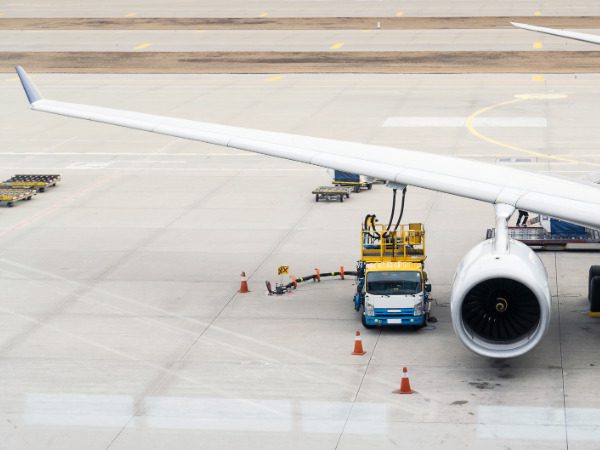New Clean Hydrogen Tax Credit on the Horizon
A new tax credit, the clean hydrogen tax credit, may be on the horizon for businesses that invest...

Carbon-neutral fuels are becoming a necessity for transportation. In fact, carbon emissions in the aviation sector are responsible for almost 5% of global greenhouse gas emissions.
However, solutions such as electrification or the transition to renewable energies, which have proved effective in the transport sector with the development of electric vehicles, are difficult to transpose to aircraft, given that weight constraints making battery power (too heavy) unfeasible with current technologies.
Unable to change the energy supply technology, specialists have turned their attention to the fuel itself: if we can’t limit the CO2 emissions into the atmosphere caused by fuel consumption, why not produce this fuel using residual carbon already produced elsewhere?
This is how carbon-neutral fuels came into being. Numerous original technologies have been developed to produce kerosene-derived fuel from synthetic gas (syngas, composed of dihydrogen and carbon monoxide) produced from corn, cooking oil or municipal waste, but these productions usually generate anthropogenic pollution due to the associated crops or the energy-intensive technologies needed to set them up.
Fischer-Tropsch synthesis technology, for example, has proved effective in producing synthetic gas from water and CO2, but is difficult to envision for large-scale production, given that it requires a large amount of energy to trigger the redox kinetics needed to produce the fuel, unless we can find a solution to reduce the energy required to achieve the same results. And the ETH Zurich research team has succeeded.

The experiment carried out at the IMDEA Energy Institute in Spain revealed that by installing a 15m-high solar tower concentrating the rays of 169 3m2 mirrors following the sun’s movement over the course of the day (i.e. a power of 50kW), it was possible to produce synthetic gas from water and CO2 extracted from the air thanks to a two-stage oxidation-reduction reaction based on ceria (CeO2). This Cerium oxide is involved in the redox reactions, enabling acceptable reaction kinetics to be achieved at tower temperature (1500°C), and is not consumed during the process: water is converted to hydrogen, CO2 to carbon monoxide, and the composition of the gas produced can be controlled by controlling the feed of each input component.
After operating for 55 hours, this pilot production station was able to produce 5191 liters of syngas with a conversion efficiency of 4.1%. While this production technology offers an encouraging alternative for reducing the carbon footprint of aviation, it is not yet economically attractive.
There is still much progress to be made. Numerous research avenues are being explored to improve this technology, including the reduction of thermal losses during the process, which could raise conversion efficiency to 20%. This progress is expected by 2025, and we wish this team every success in taking us to new heights.
Companies that are innovating clean-tech technologies are likely to be eligible for several funding programs including government grants, and SR&ED.
Want to learn about funding opportunities for your project? Schedule a free consultation with one of our experts today!
Sources:
https://newatlas.com/energy/solar-jet-fuel-tower/
https://www.sciencedirect.com/science/article/pii/S2542435122002860
Explore our latest insights
More arrow_forward
A new tax credit, the clean hydrogen tax credit, may be on the horizon for businesses that invest...

The Clean label has transitioned from trend to a lifestyle placing pressure on the food and bever...

The Industry 4.0 represents a blend of two industries: information technology and manufacturing. ...

Provincial governments are slowly unveiling their provincial budgets outlining fiscal strategies ...